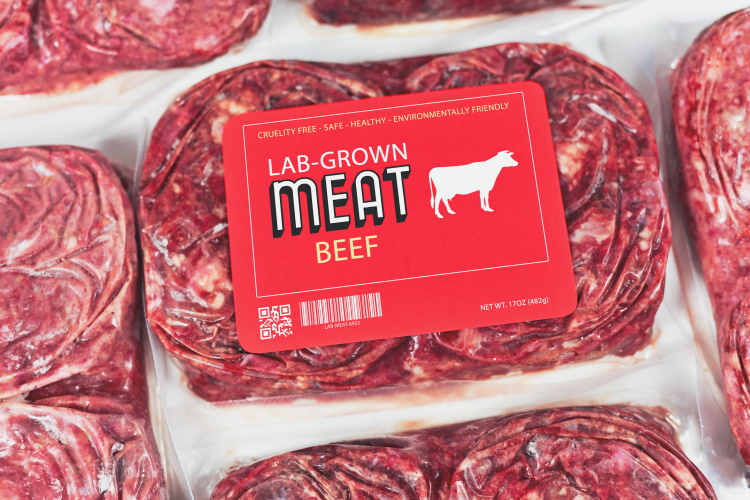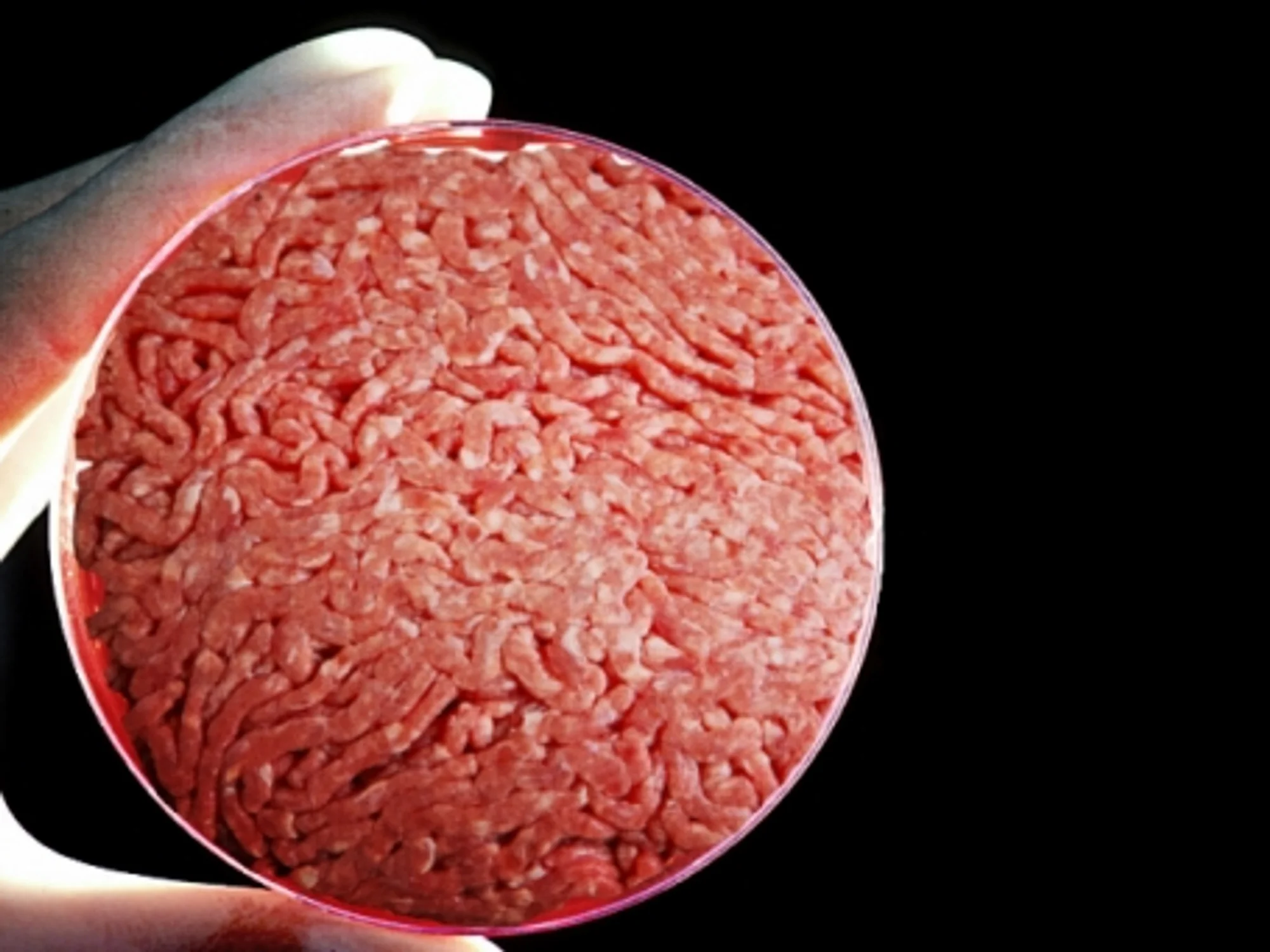Cultured meat, also known as lab-grown meat, has emerged as an alternative to conventional animal meat, addressing the need for sustainable food production due to a growing global population. Read more to learn if cultured meat is the future. You’ll discover how lab-grown meat is produced, its possible advantages, and some disadvantages.

Key takeaways:
- Cultured meat can offer a sustainable meat alternative, although research on its overall impact remains inconclusive.
- While cultured meat can reduce slaughter, a small number of animals still would be needed for cell extraction.
- Cultured meat could minimize pathogens and antibiotic resistance and offer healthier fat profiles, though its long-term health impact is still unknown.
- Collaboration between FDA and USDA-FSIS ensures cultured meat’s safety and compliance, from cell collection to final product.
How is cultured meat produced?
Cultured meat is produced from skeletal muscle cells taken from a living animal. Cells are increased in numbers under proper laboratory settings, then grown cell masses are processed to create the final product. The process of producing cultured meat involves:

- Cell isolation. Biopsy of skeletal muscle cells taken from a living animal without harming or killing it.
- Cell culturing. Cells are placed in a nutrient-rich medium in a bioreactor. The medium should supply the necessary nutrients for cells to grow.
- Tissue formation. Over time, cells multiply and turn into a mass that is muscle tissue that resembles the structure of conventional meat.
- Harvesting. The muscle tissue mass is processed to be various cultured meat and its products.
Is cultured meat the future?
Currently, in the U.S., no cultured meat or its products are available for sale.
Scientists and companies in the field aim to increase acceptance and consumption of cultured meat to decrease traditional animal farming, thus, animal slaughter. Cultured meat can also allow sustainable meat consumption.
Cultured meat can be the future because it can contribute to sustainability, food security, health, animal welfare, and the environment.

May contribute to sustainability
Humans meet their needs with supplies from the natural environment. Sustainability aims to create a future where humans and nature can still coexist so humans can survive.
Some argue that cultured meat is more sustainable than conventional meat, which is debatable because research is not conclusive on cultured meat’s effects on health, safety, and the environment.
** Click here to read the full-text **










